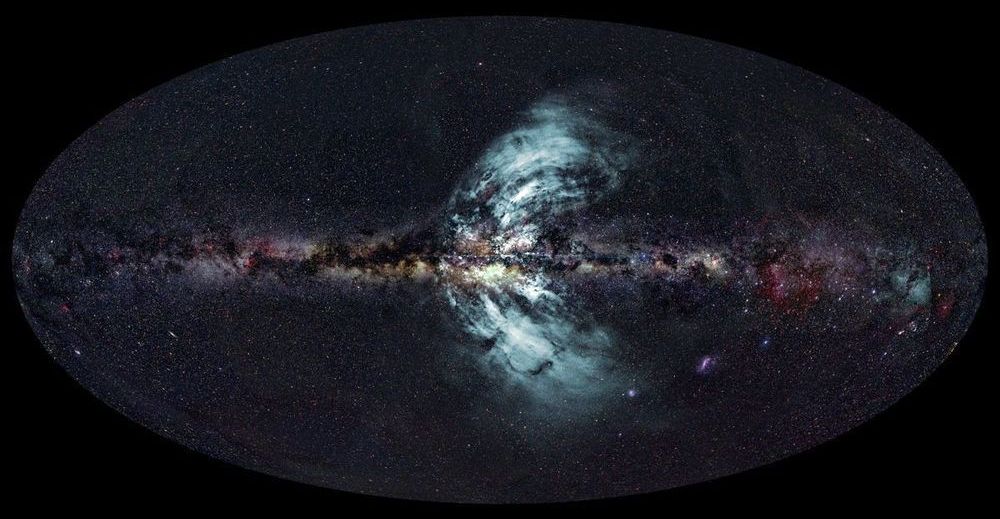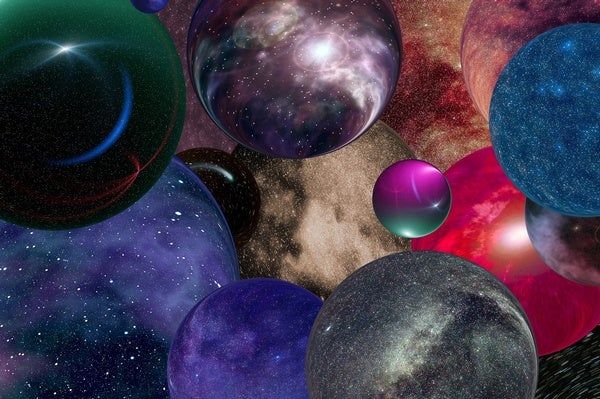Black holes of such mass should not even exist in our Galaxy.
The black hole dubbed LB-1 is 15,000 light years from Earth.
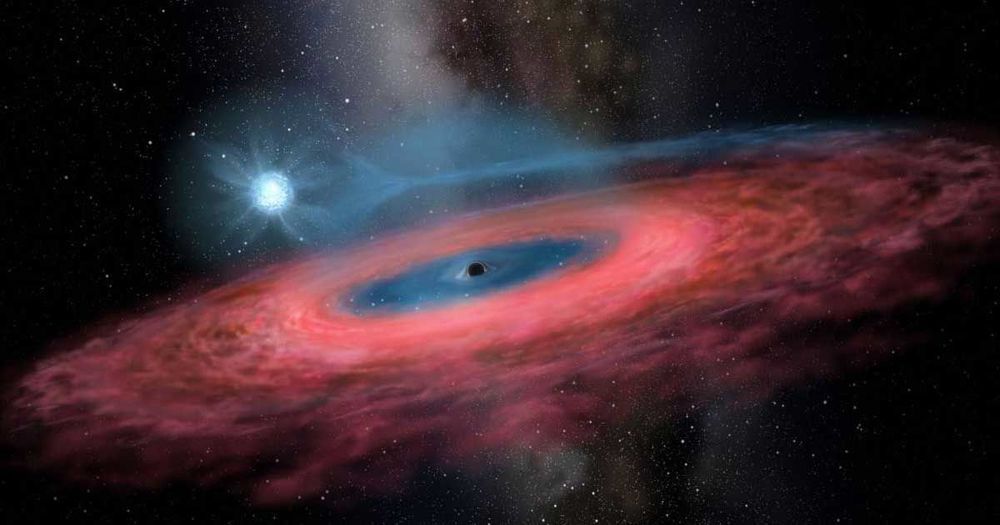
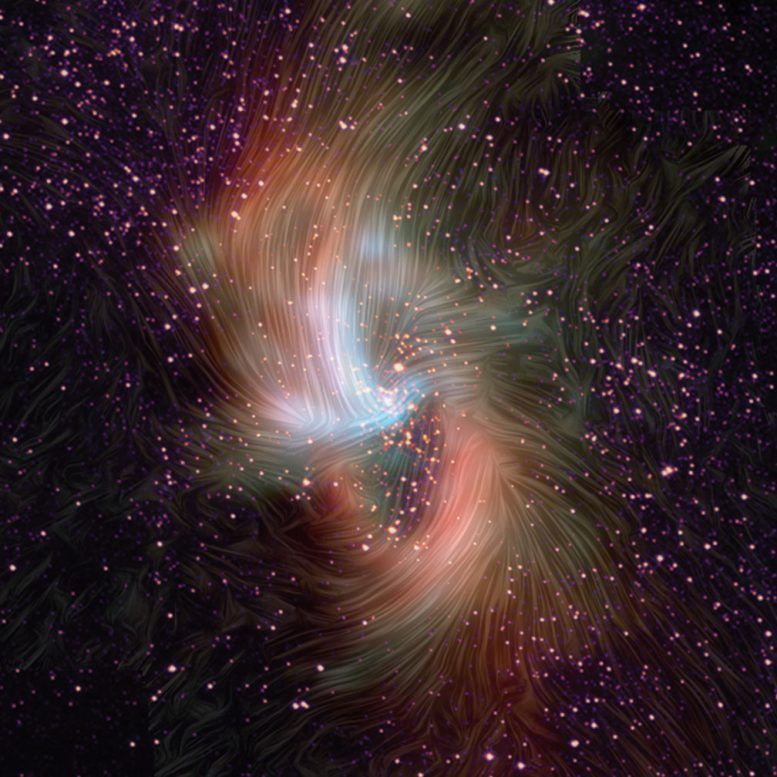
Supermassive black holes exist at the center of most galaxies, and our Milky Way is no exception. But many other galaxies have highly active black holes, meaning a lot of material is falling into them, emitting high-energy radiation in this “feeding” process. The Milky Way’s central black hole, on the other hand, is relatively quiet. New observations from NASA’s Stratospheric Observatory for Infrared Astronomy, SOFIA, are helping scientists understand the differences between active and quiet black holes.
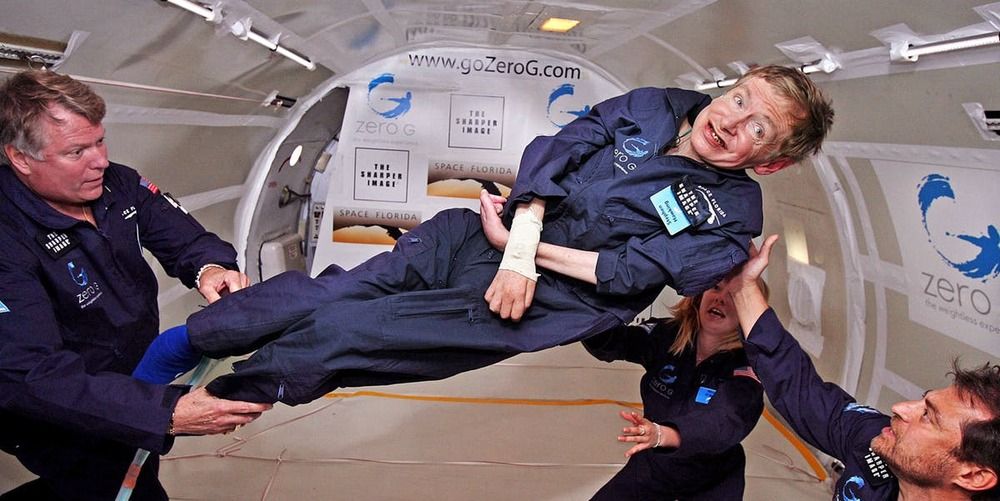
Before his death, Stephen Hawking submitted a research paper that predicts the end of the world.
Just two weeks before his death, renowned physicist Stephen Hawking submitted a research paper that suggests parallel universes and predicts the end of this one.
Hawking and his co-author Thomas Hertog published their research in “A Smooth Exit from Eternal Inflation,” detailing how scientists may also be able to detect other universes using a spaceship. According to Hertog, Hawking finished writing the paper from his deathbed, leaving behind a final legacy that is worthy of the Nobel Prize.
“He has often been nominated for the Nobel and should have won it. Now he never can,” he told the Sunday Times.
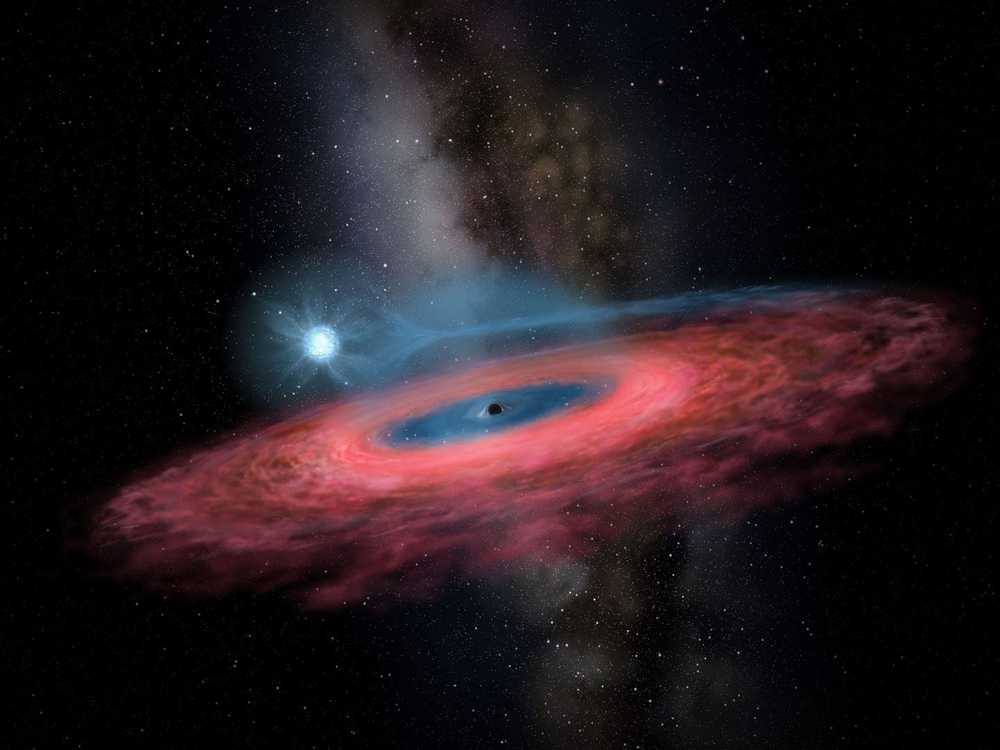
Before now, scientists did not think it was possible for a stellar black hole to have a mass larger than 20 times that of the sun, an approximation based on their understanding of the way stars evolve and die in the Milky Way.
But that assumption was metaphorically crushed in the gravity of a “monster” black hole that a group of Chinese-led international scientists discovered inside our own galaxy. The hole has a mass 70 times that of the sun, researchers said in their study published in the journal Nature.
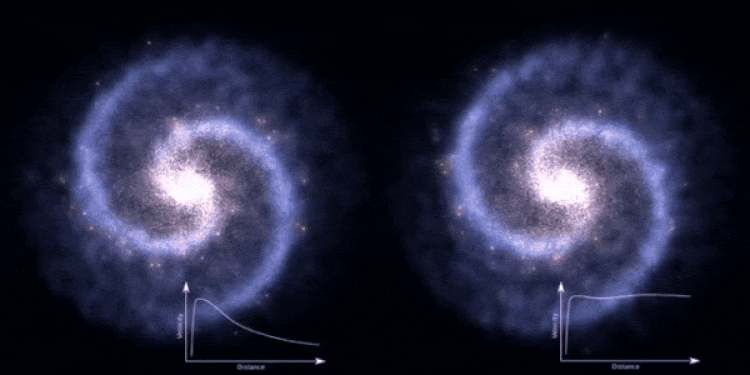

The problem of surviving the end of the observable universe may seem very remote, but there are several reasons it may be important now: a) we may need to define soon the final goals of runaway space colonization and of superintelligent AI, b) the possibility of the solution will prove the plausibility of indefinite life extension, and с) the understanding of risks of the universe’s end will help us to escape dangers like artificial false vacuum decay. A possible solution depends on the type of the universe’s ending that may be expected: very slow heat death or some abrupt end, like a Big Rip or Big Crunch. We have reviewed the literature and identified several possible ways of survival the end of the universe, and also suggest several new ones. There are seven main approaches to escape the end of the universe: use the energy of the catastrophic process for computations, move to a parallel world, prevent the end, survive the end, manipulate time, avoid the problem entirely or find some meta-level solution.
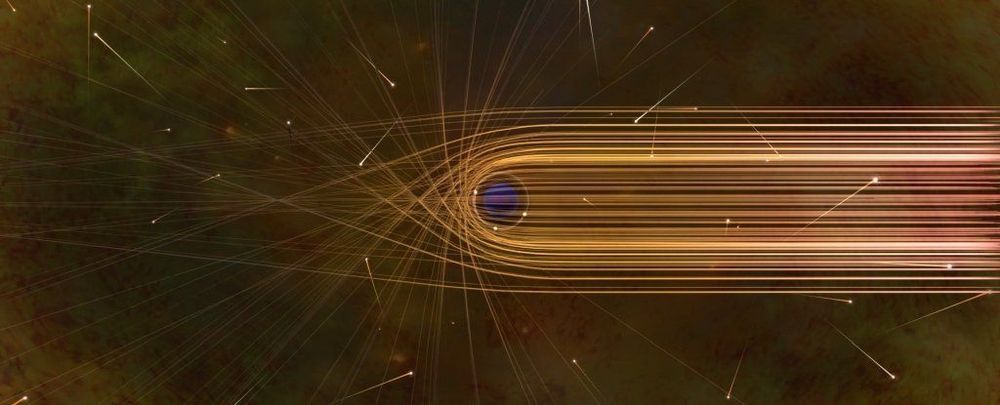
A new black hole search method has just yielded fruit, and boy is it juicy. Astronomers have found a stellar-mass black hole clocking in at around 70 times the mass of the Sun — but according to current models of stellar evolution, its size is impossible, at least in the Milky Way.
The chemical composition of our galaxy’s most massive stars suggests that they lose most of their mass at the end of their lives through explosions and powerful stellar winds, before the star’s core collapses into a black hole.
The hefty stars in the mass range that could produce a black hole are expected to end their lives in what is called a pair-instability supernova that completely obliterates the stellar core. So astronomers are scratching their heads trying to figure out how the black hole — named LB-1 — got so chonky.
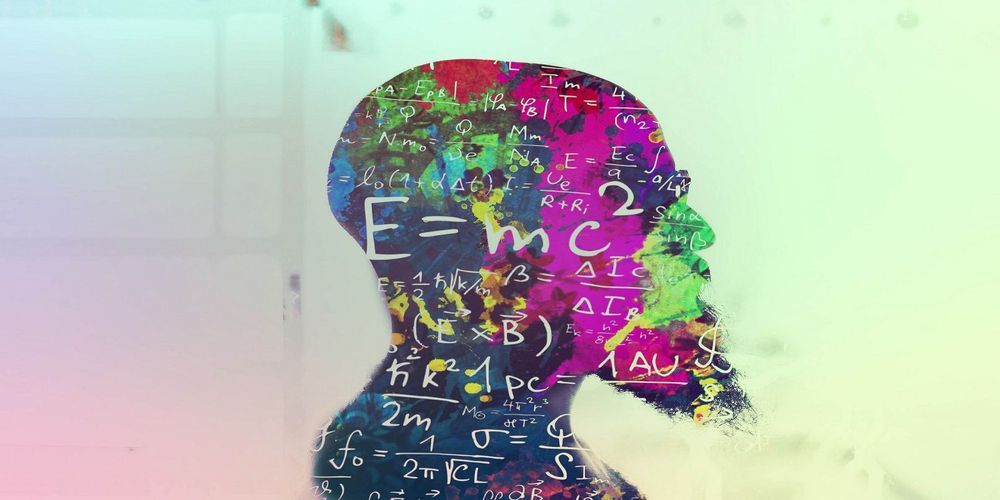
A pair of physicists from Immanuel Kant Baltic Federal University (IKBFU) in Russia recently proposed an entirely new view of the cosmos. Their research takes the wacky idea that we’re living in a computer simulation and mashes it up with the mind-boggling “many worlds” theory to say that, essentially, our entire universe is part of an immeasurably large quantum system spanning “uncountable” multiverses.
When you think about quantum systems, like IBM and Google’s quantum computers, we usually imagine a device that’s designed to work with subatomic particles – qubits – to perform quantum calculations.
